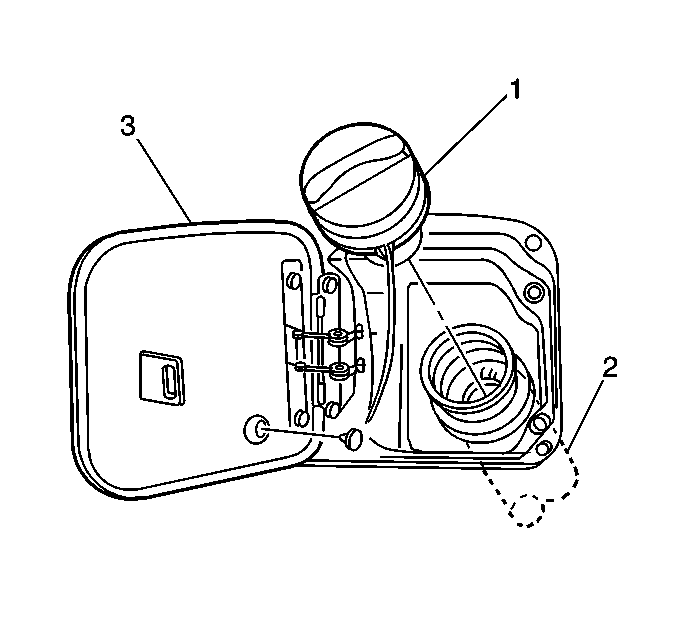The fuel tank filler pipe is equipped with a turn to vent screw on the type
cap which incorporates a ratchet action in order to prevent over-tightening.
The turn to vent feature allows the fuel tank pressure relief prior to removal.
Instructions for proper use are imprinted on the cap cover. A vacuum safety relief
valve is incorporated into this cap.

